Many bird species faced extinction in recent decades. Through conservation efforts, some have made remarkable recoveries. This article highlights a few of these incredible success stories. Each bird faced unique challenges. Their stories inspire hope for other endangered species.
California Condor
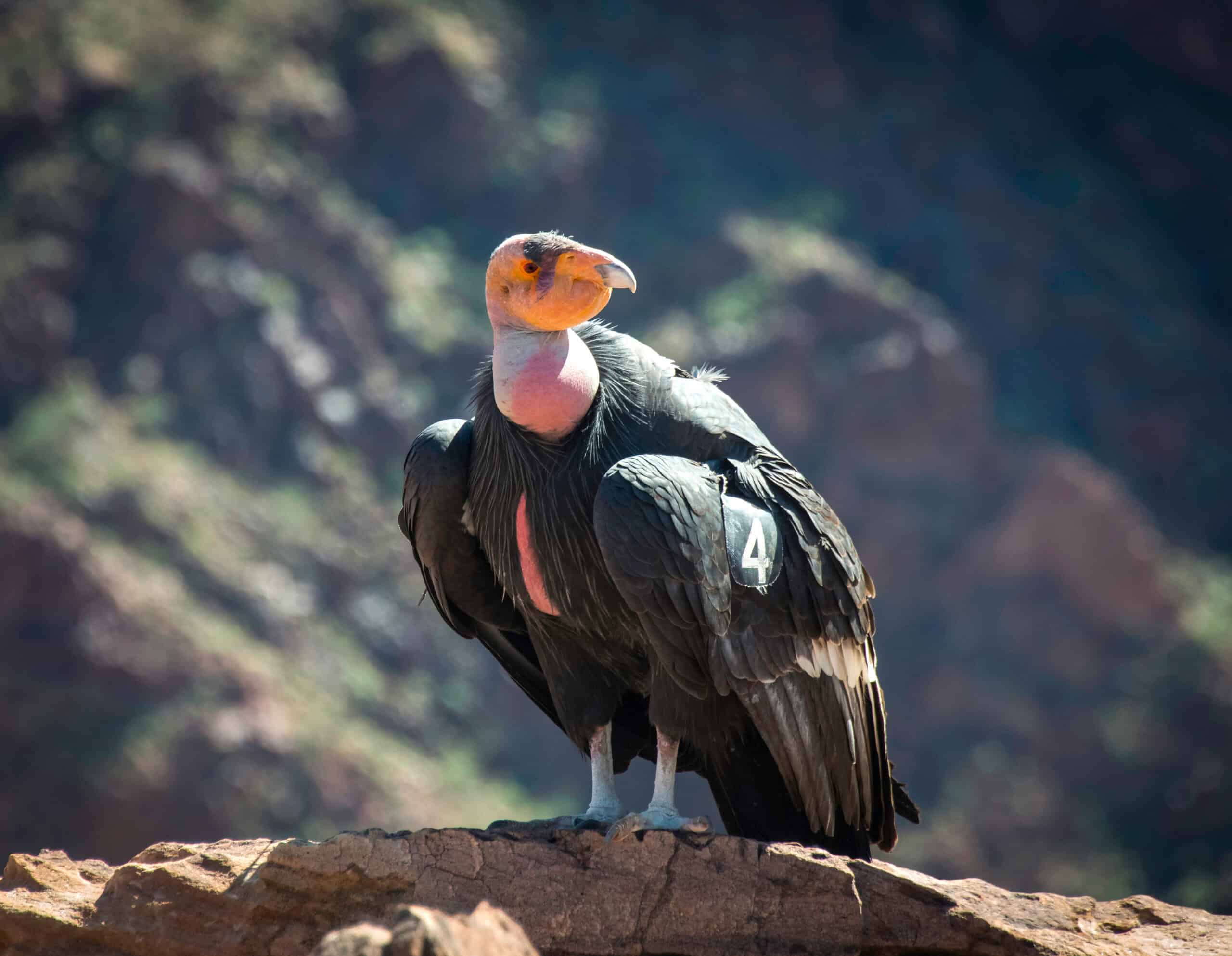
The California Condor is one of North America’s largest birds. By the 1980s, only 27 individuals remained. Intensive conservation efforts began in the 1980s. Captive breeding programs played a crucial role. Slowly, their population started to increase. Reintroduction into the wild began in the early 1990s. Today, there are over 400 California Condors. Nearly half of them soar freely in the wild. These majestic birds have made a remarkable comeback. Their story is a testament to conservation success.
Mauritius Kestrel
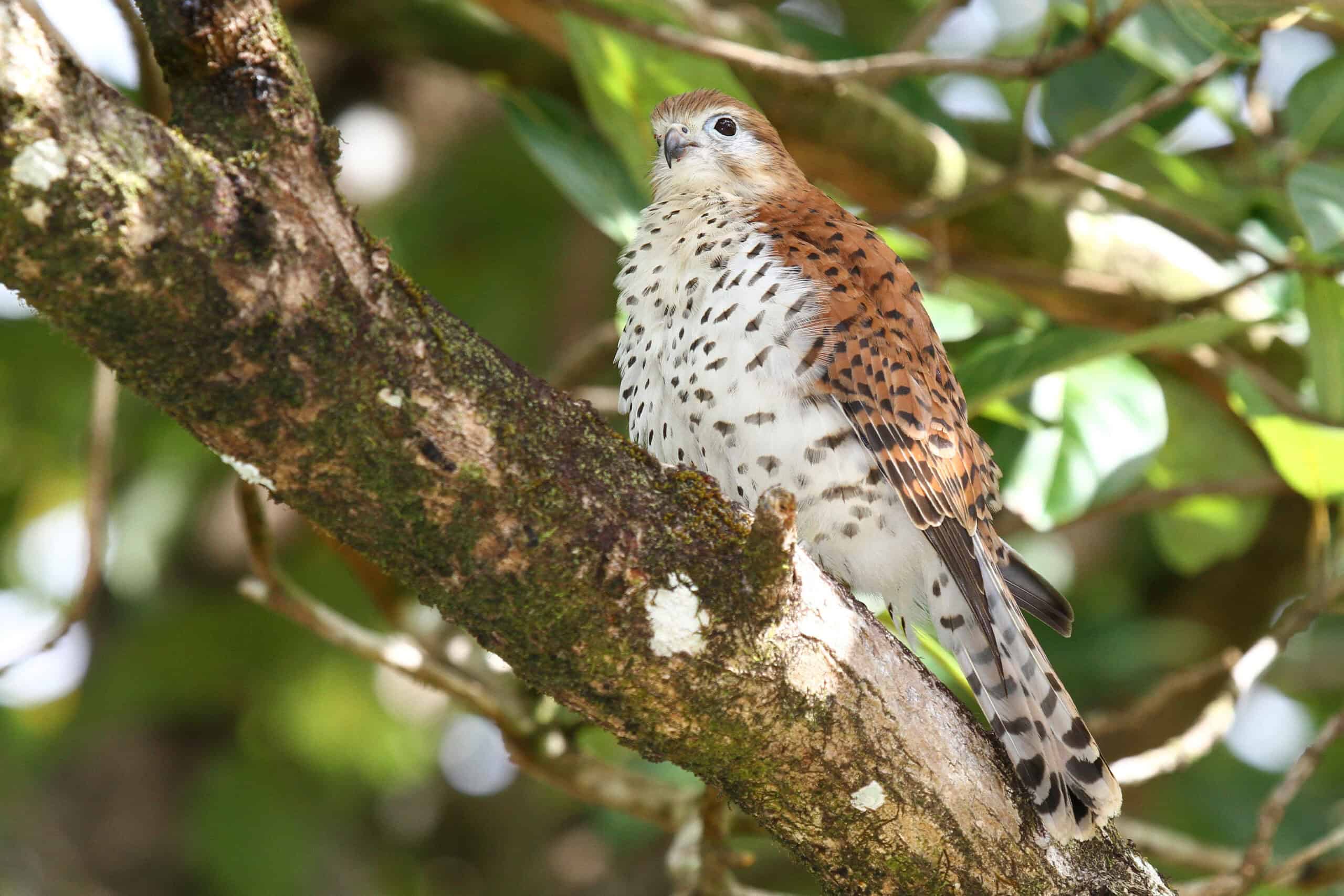
The Mauritius Kestrel was once the world’s rarest bird. In the 1970s, only four individuals were known to exist. Habitat loss and pesticide use were major threats. Conservationists took urgent action to save them. They initiated captive breeding and habitat restoration. By the 1990s, the population began to grow. Today, there are over 300 Mauritius Kestrels. They thrive in the wild, thanks to dedicated efforts. This bird’s recovery is a symbol of hope. Conservation can indeed make a difference.
Bald Eagle
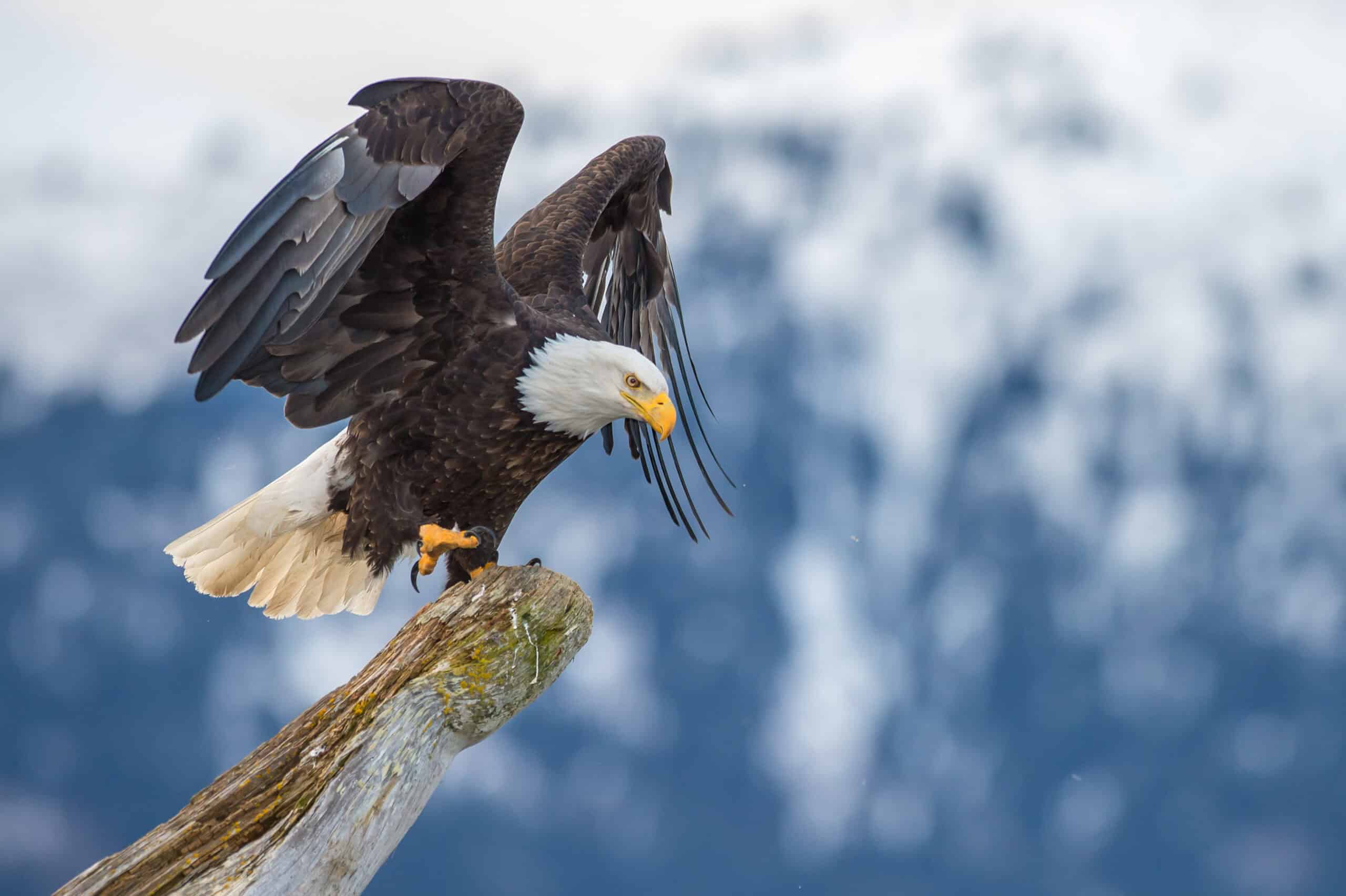
The Bald Eagle, America’s national bird, faced severe declines. By the 1960s, pesticide use and habitat loss took a toll. Their population dropped to under 500 pairs. Conservation laws and bans on harmful pesticides helped. The Endangered Species Act provided crucial protection. Gradually, Bald Eagles began to recover. Today, there are over 10,000 nesting pairs. They are no longer considered endangered. The Bald Eagle’s resurgence is a conservation triumph. It highlights the power of protective legislation.
Whooping Crane
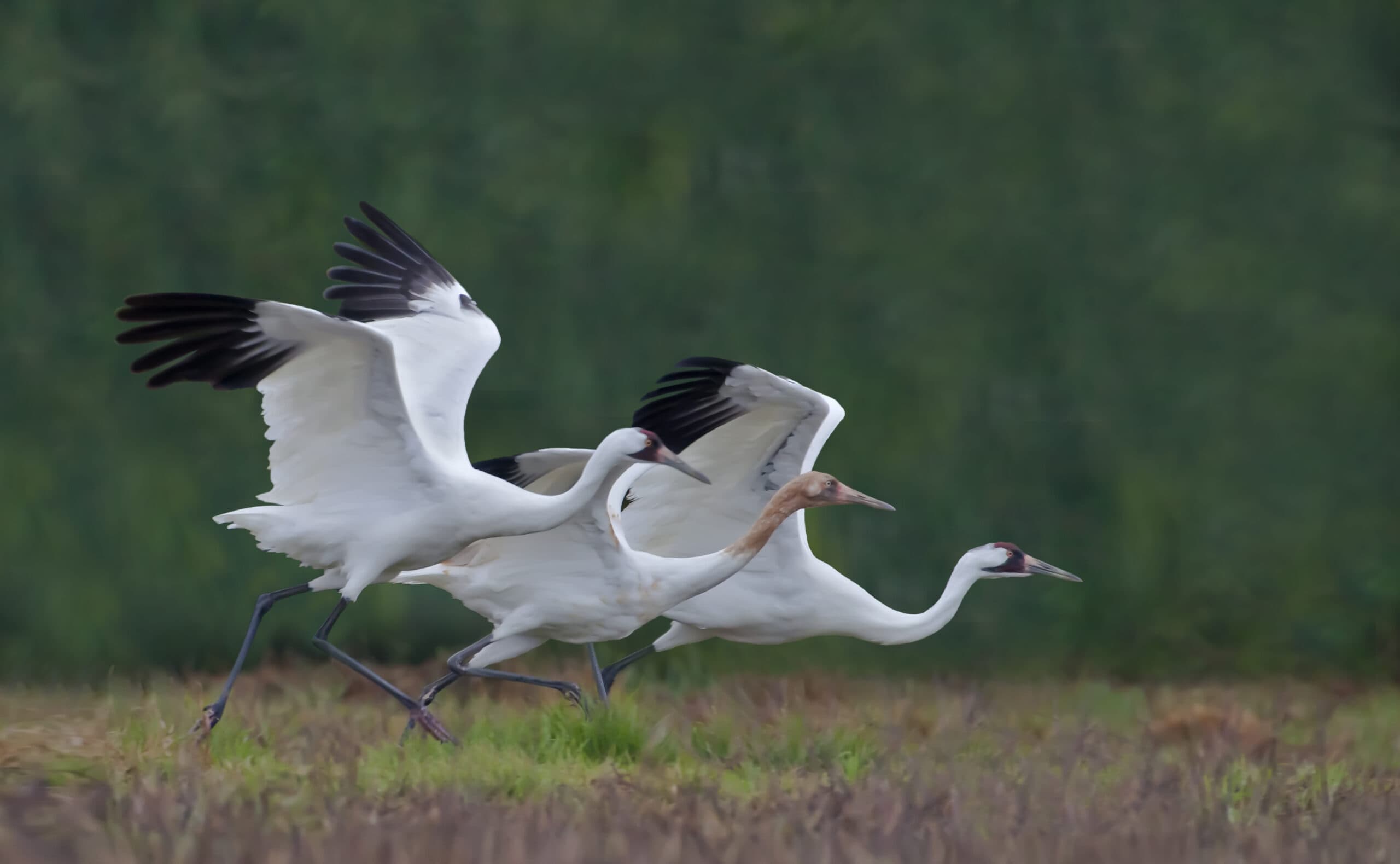
The Whooping Crane is North America’s tallest bird. By the 1940s, fewer than 20 remained. Habitat destruction and hunting were primary threats. Intensive conservation efforts began. Captive breeding and migration assistance were key strategies. Today, over 800 Whooping Cranes exist. Many have been reintroduced to their natural habitats. Their population continues to grow. The Whooping Crane’s recovery is ongoing. It showcases the importance of sustained conservation efforts.
Kakapo

The Kakapo is a unique, flightless parrot from New Zealand. By the 1990s, fewer than 50 individuals survived. Predation by introduced species was a major cause. Conservationists moved the remaining Kakapos to predator-free islands. Intensive monitoring and management followed. Today, there are over 200 Kakapos. They are still critically endangered but making progress. Their recovery is slow but steady. The Kakapo’s story is one of hope and determination. Every new chick is a victory.
Northern Bald Ibis

The Northern Bald Ibis once ranged widely across Europe, the Middle East, and North Africa. By the 2000s, only a few hundred remained, primarily in Morocco. Habitat loss and hunting drastically reduced their numbers. Conservationists implemented breeding programs and legal protections. Today, there are efforts to reintroduce them into former habitats. The population has seen gradual increases. Their recovery is still fragile but promising. The Northern Bald Ibis symbolizes the importance of international conservation cooperation.
Puerto Rican Parrot
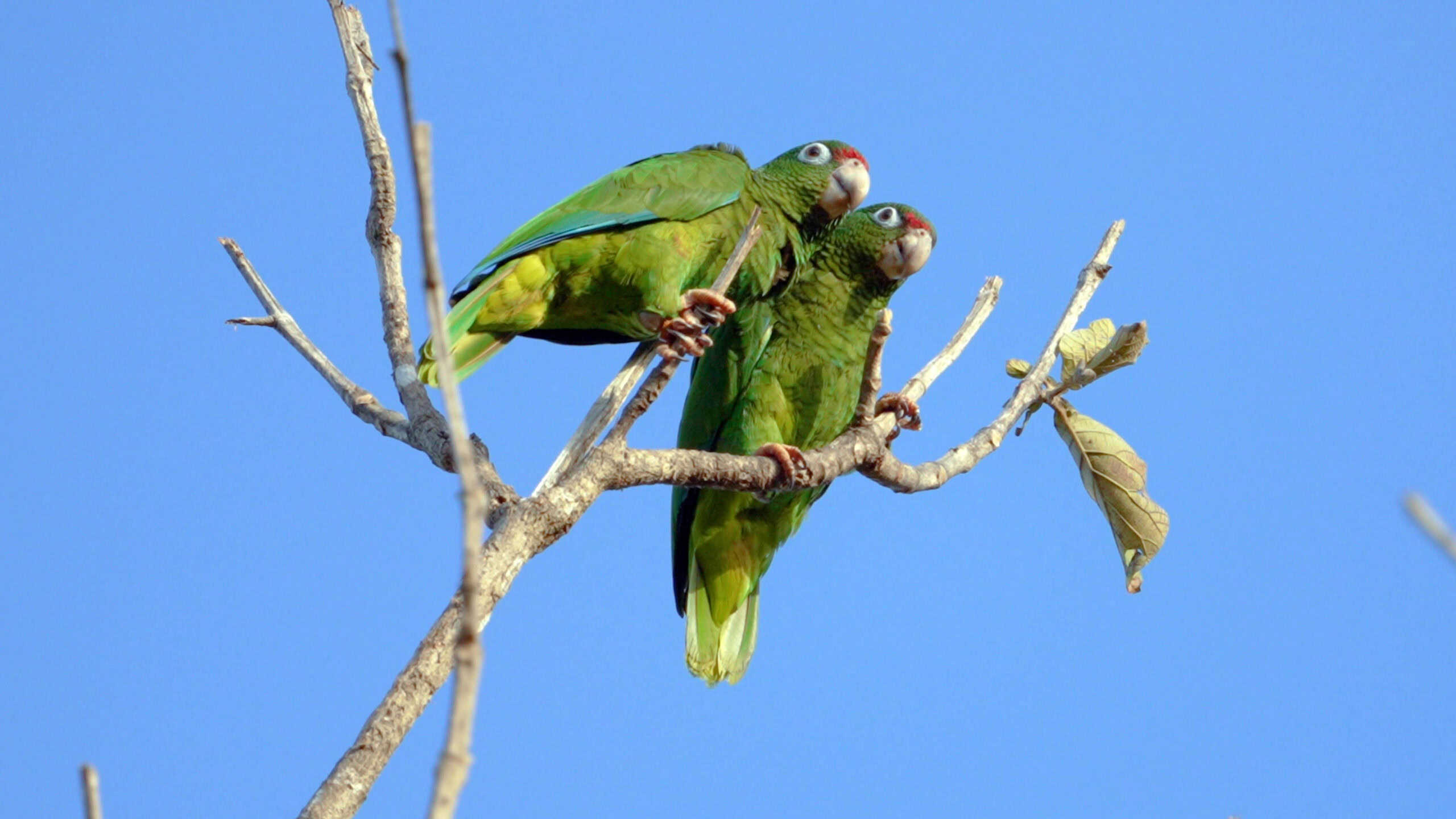
The Puerto Rican Parrot is one of the world’s rarest birds. By the 1970s, fewer than 50 individuals existed. Habitat loss and hurricanes devastated their population. Captive breeding programs were established. Strict protections were enforced. Today, there are over 500 Puerto Rican Parrots. Many have been reintroduced into the wild. Their numbers continue to grow slowly. This bird’s recovery is a significant achievement. It highlights the resilience of nature when given a chance.
Seychelles Warbler
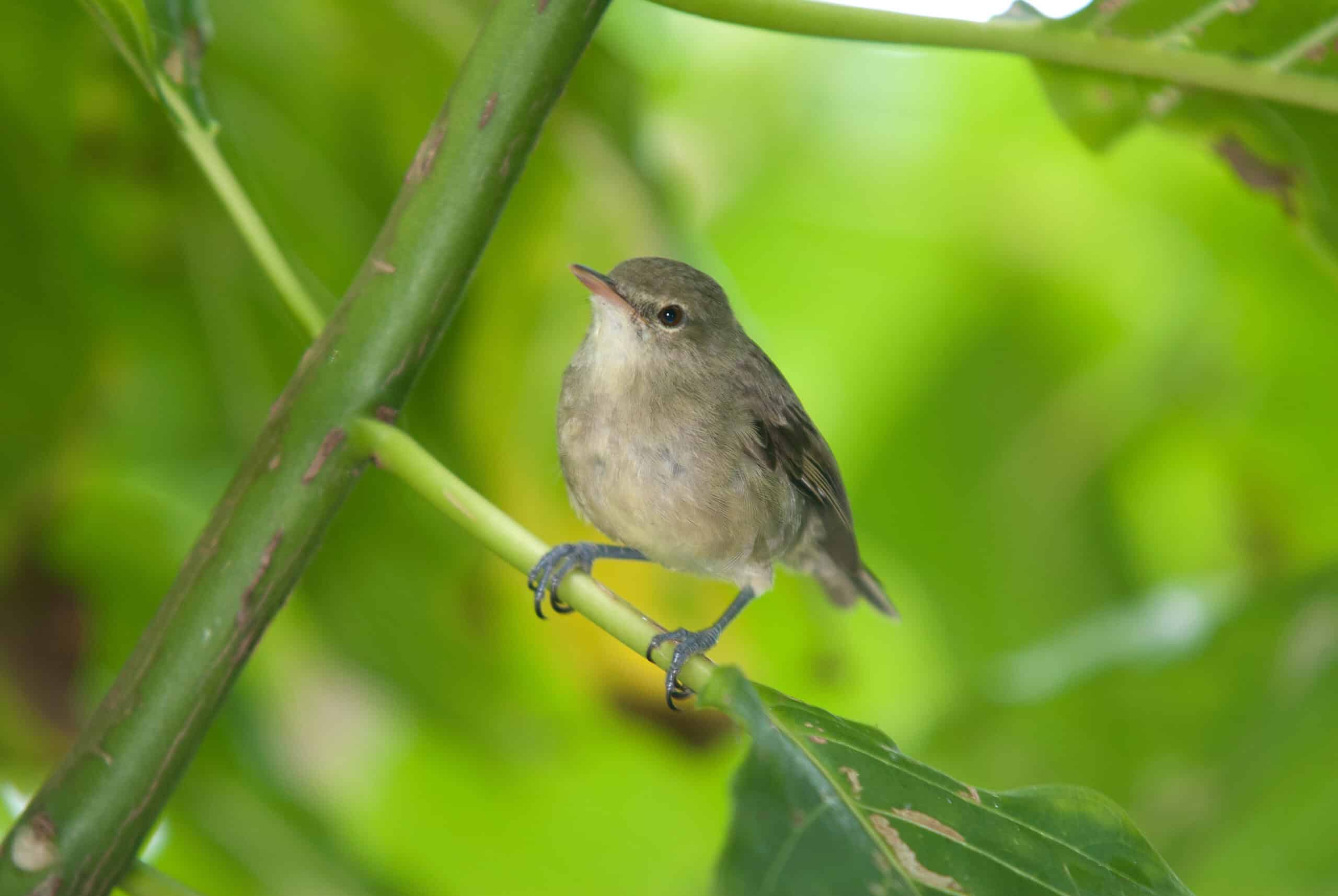
The Seychelles Warbler faced extinction in the 1960s. Only 26 individuals remained on Cousin Island. Habitat restoration and translocation efforts began. Conservationists moved some warblers to nearby islands. This created new, safe habitats. Today, there are over 3,000 Seychelles Warblers. They thrive across several islands. Their recovery is a remarkable success story. It shows the impact of dedicated conservation work. Small actions can lead to big results.
Spix’s Macaw
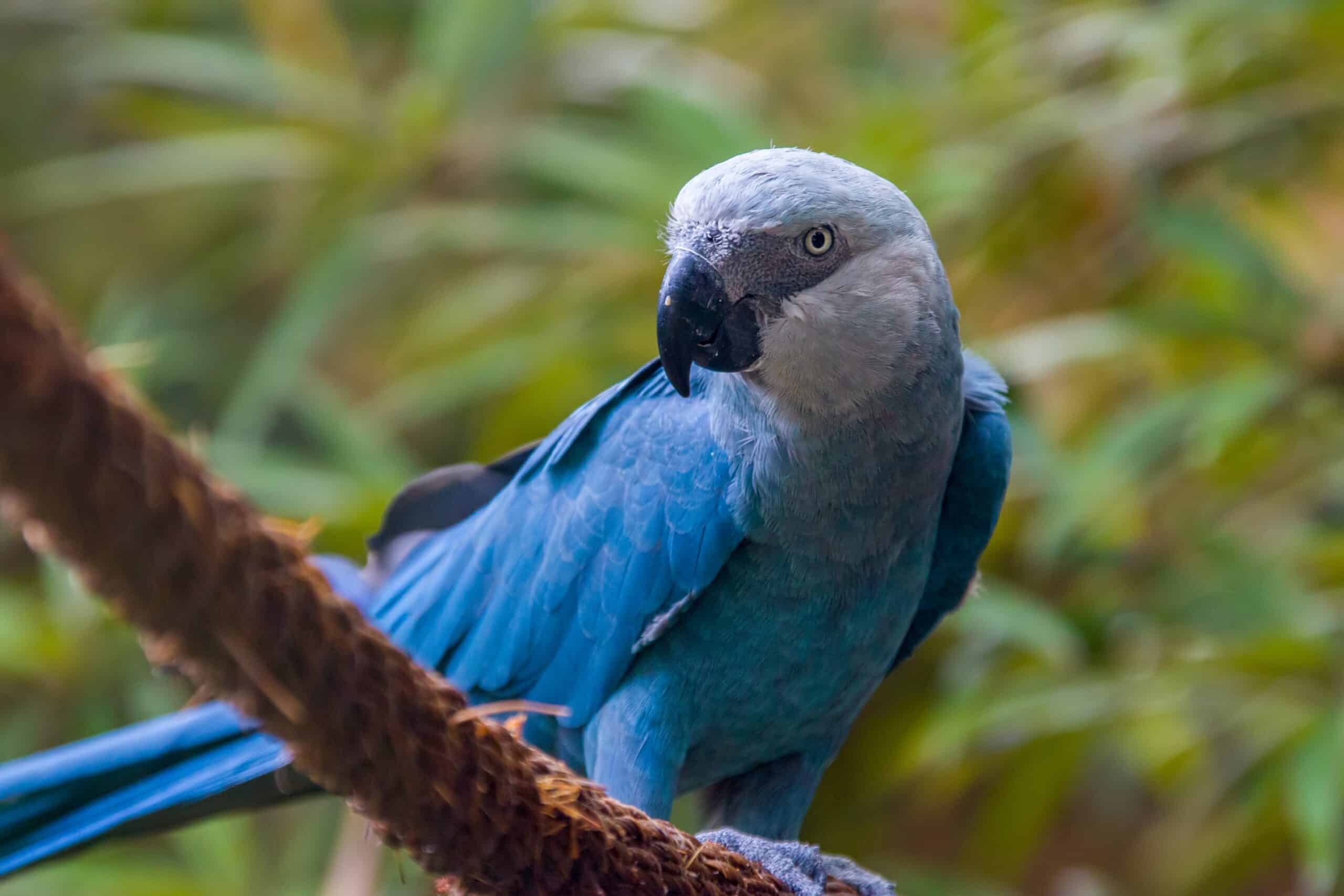
Spix’s Macaw, a bright blue parrot, was once thought extinct in the wild. By the 2000s, only a few survived in captivity. Habitat destruction and illegal trapping were major threats. Breeding programs and habitat restoration efforts started. In recent years, reintroduction to the wild has begun. The first chicks have been hatched in their natural habitat. This marks a hopeful new chapter. Spix’s Macaw is on a path to recovery. Their future looks brighter thanks to ongoing efforts.
Black Robin
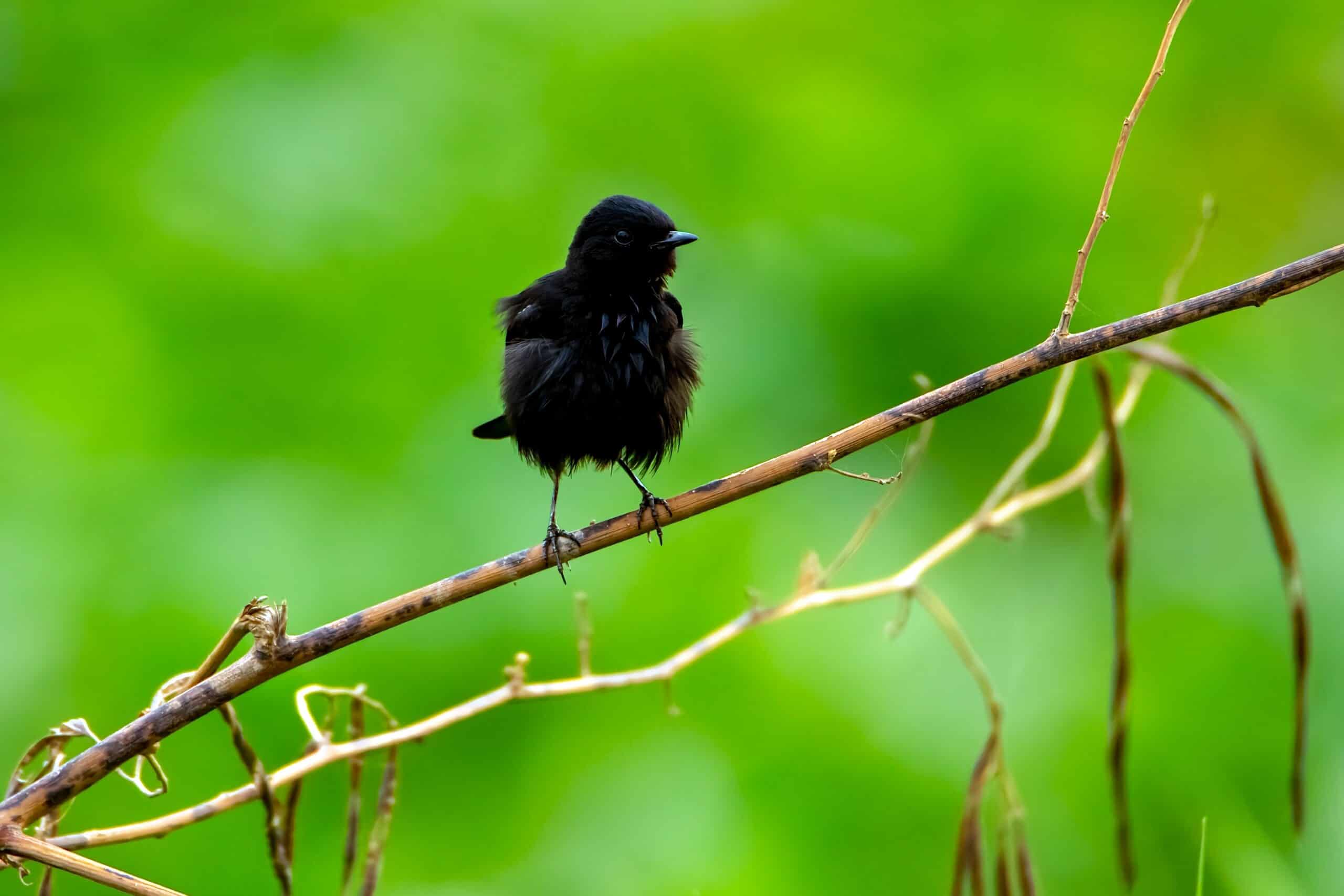
The Black Robin, native to the Chatham Islands, faced extinction in the 1980s. Only five individuals remained, with just one breeding pair. Conservationists acted swiftly to save them. Intensive management and captive breeding programs were implemented. By the 1990s, their population began to rise. Today, over 250 Black Robins exist. Their recovery is a conservation success story. It shows how targeted efforts can save species from extinction. The Black Robin’s story inspires hope for other endangered birds.
Hawaiian Crow
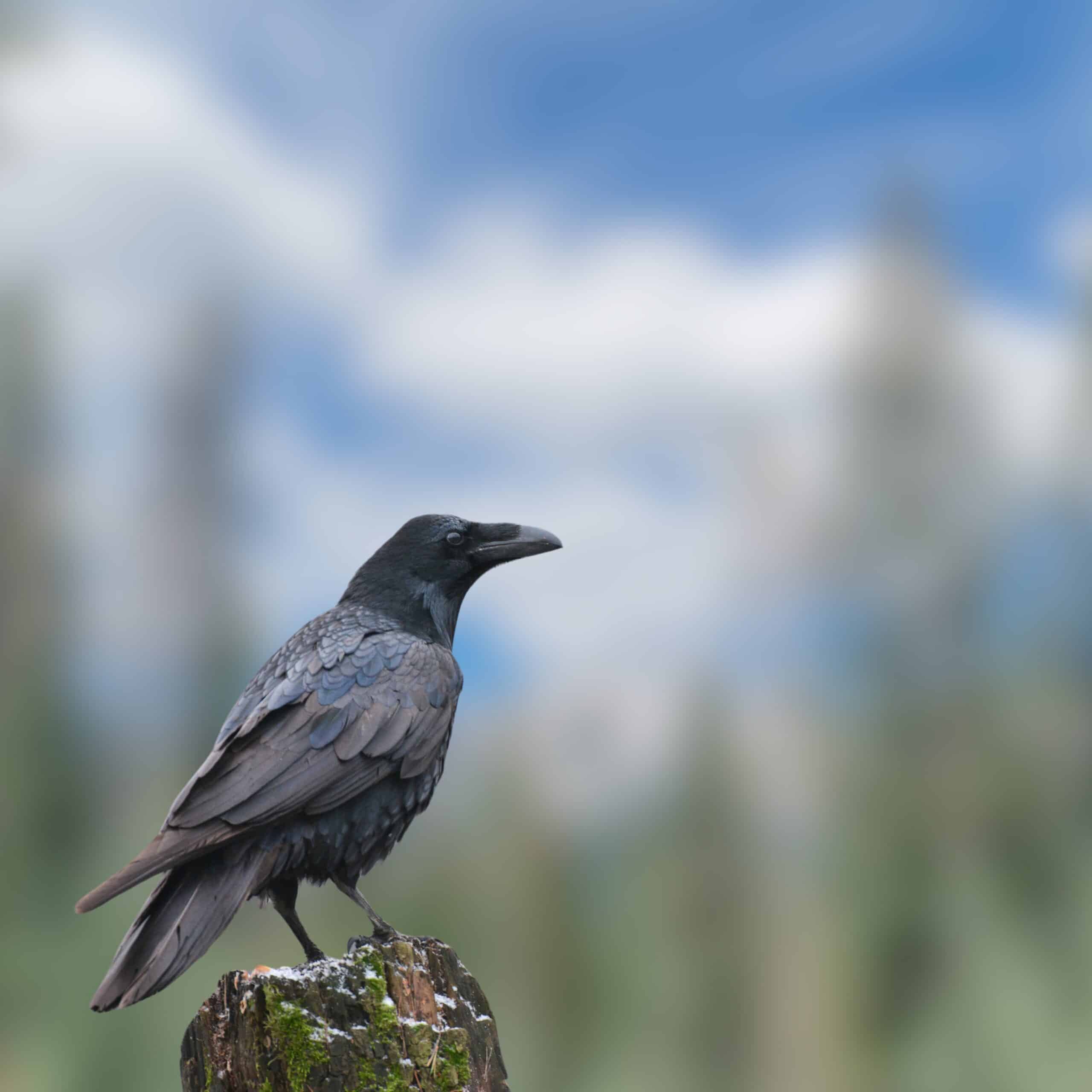
The Hawaiian Crow, also known as ‘Alala, was once abundant in Hawaii. By the 1990s, fewer than 20 individuals remained in the wild. Habitat loss and disease were major threats. Captive breeding programs were started in the 1990s. These programs aimed to restore their population. Today, over 100 Hawaiian Crows exist in captivity. Reintroduction into the wild began in recent years. Their population is slowly increasing. The Hawaiian Crow’s recovery is still ongoing. It highlights the importance of continued conservation efforts.
Chatham Island Taiko
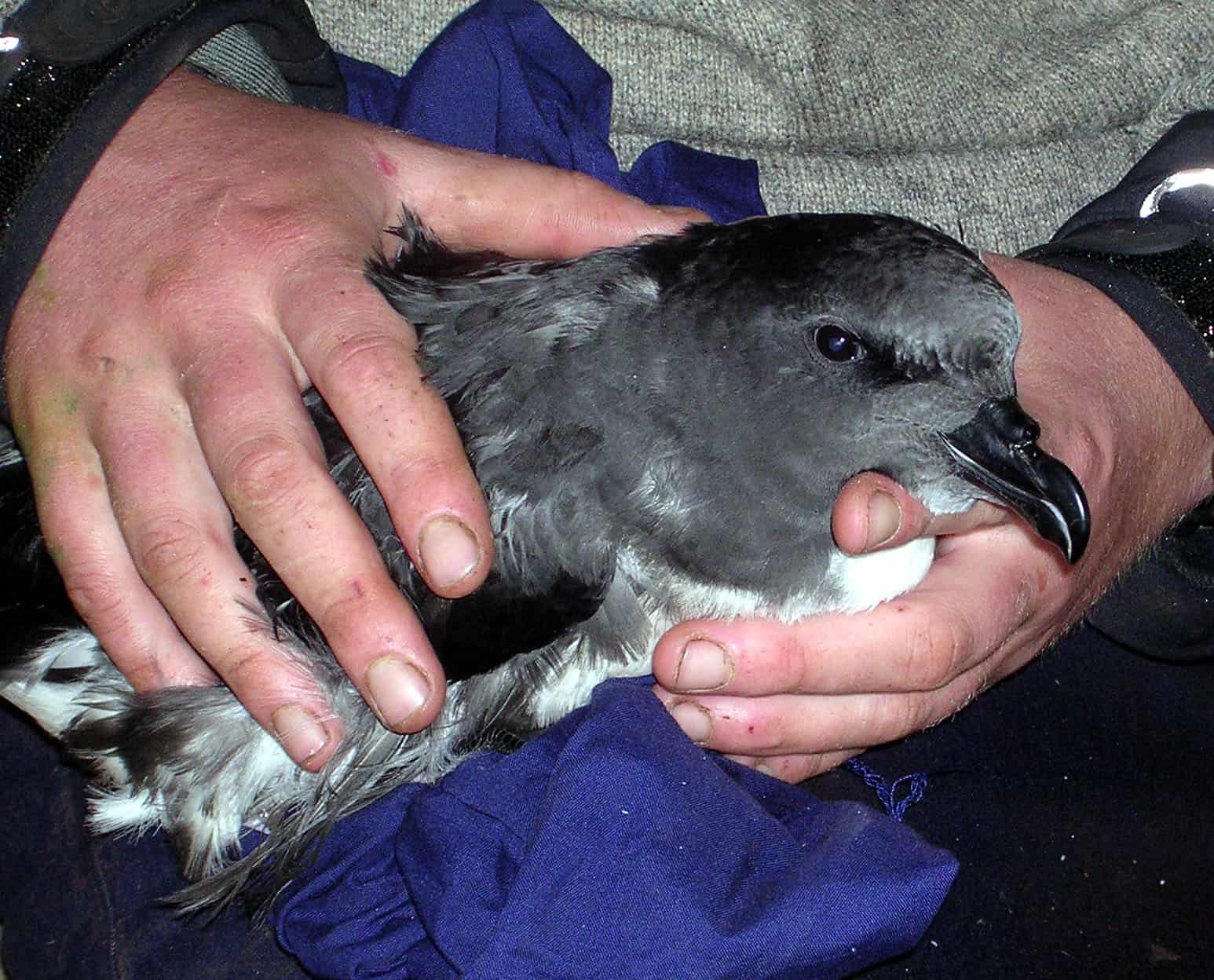
The Chatham Island Taiko, or Magenta Petrel, is a seabird native to New Zealand. By the 1970s, it was thought to be extinct. Only a few individuals were rediscovered in the 1970s. Conservationists launched efforts to protect their breeding sites. Today, the population is estimated to be around 150 individuals. Intensive management and predator control have helped. The Chatham Island Taiko’s recovery is fragile but hopeful. It shows the impact of protecting critical habitats. Continued efforts are needed to ensure their survival.
Lear’s Macaw

Lear’s Macaw, a striking blue parrot, faced severe declines in the 1980s. Habitat loss and illegal trapping were major threats. By the 1980s, fewer than 100 individuals remained. Conservation efforts began, focusing on habitat protection and captive breeding. Today, over 1,200 Lear’s Macaws exist. They thrive in both the wild and captivity. Their recovery is a significant achievement. It demonstrates the effectiveness of combined conservation strategies. Lear’s Macaw is a symbol of hope for parrot conservation.
Red Kite

The Red Kite, once widespread across Europe, faced near extinction in the UK by the 1980s. Habitat loss and poisoning were major threats. By the 1980s, only a few pairs remained in Wales. Conservationists began reintroduction programs in the 1990s. Today, over 2,000 breeding pairs exist in the UK. Red Kites are a common sight in many regions. Their recovery is a conservation success story. It highlights the power of reintroduction programs. The Red Kite’s comeback is truly inspiring.
Pink Pigeon
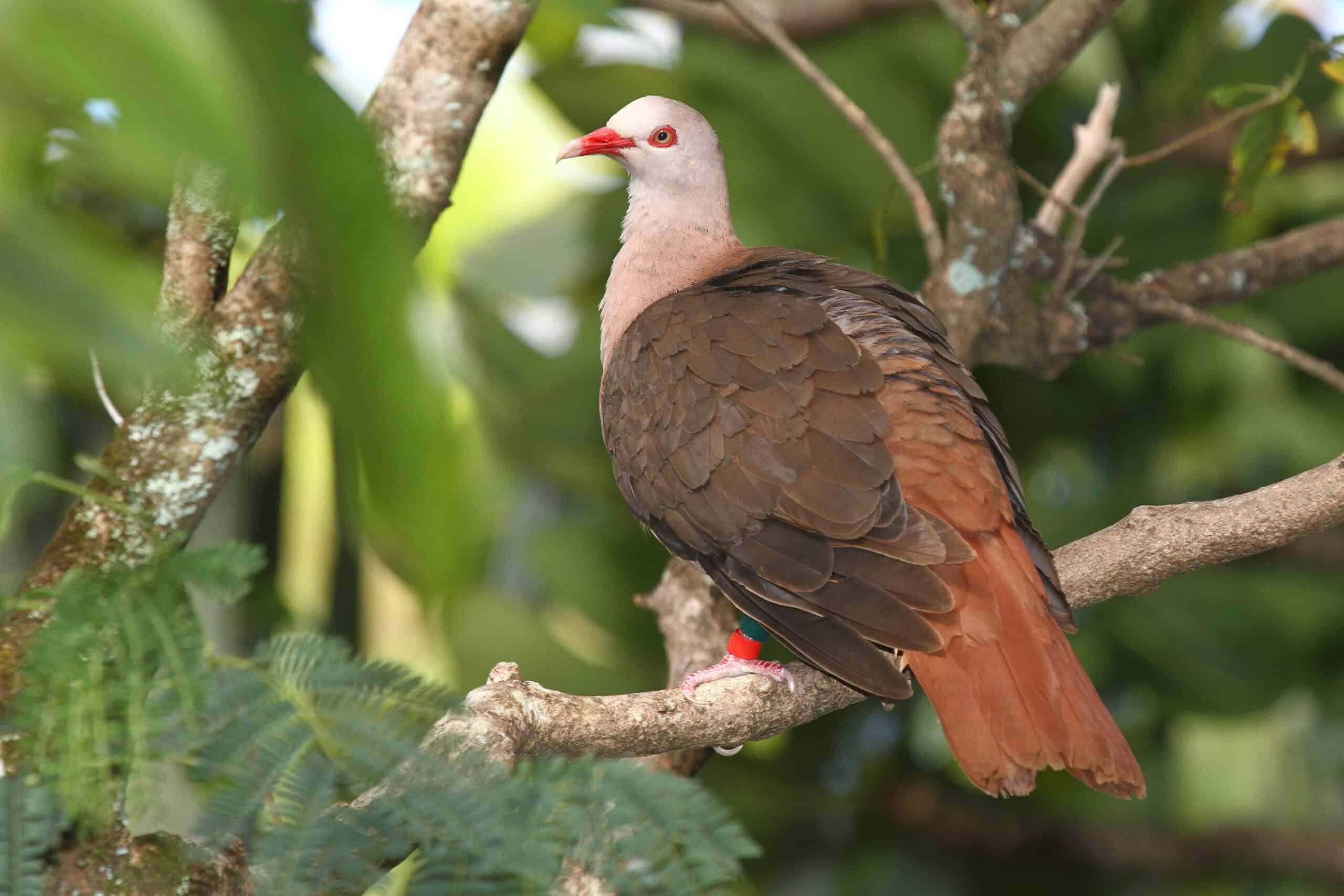
The Pink Pigeon, native to Mauritius, was critically endangered by the 1990s. Habitat loss and invasive species were major threats. By the 1990s, fewer than 10 individuals remained. Conservation efforts began with captive breeding and habitat restoration. Today, over 400 Pink Pigeons exist. They thrive in both protected areas and the wild. Their recovery is a remarkable achievement. It shows the impact of dedicated conservation work. The Pink Pigeon’s story offers hope for other endangered species.
Great Indian Bustard
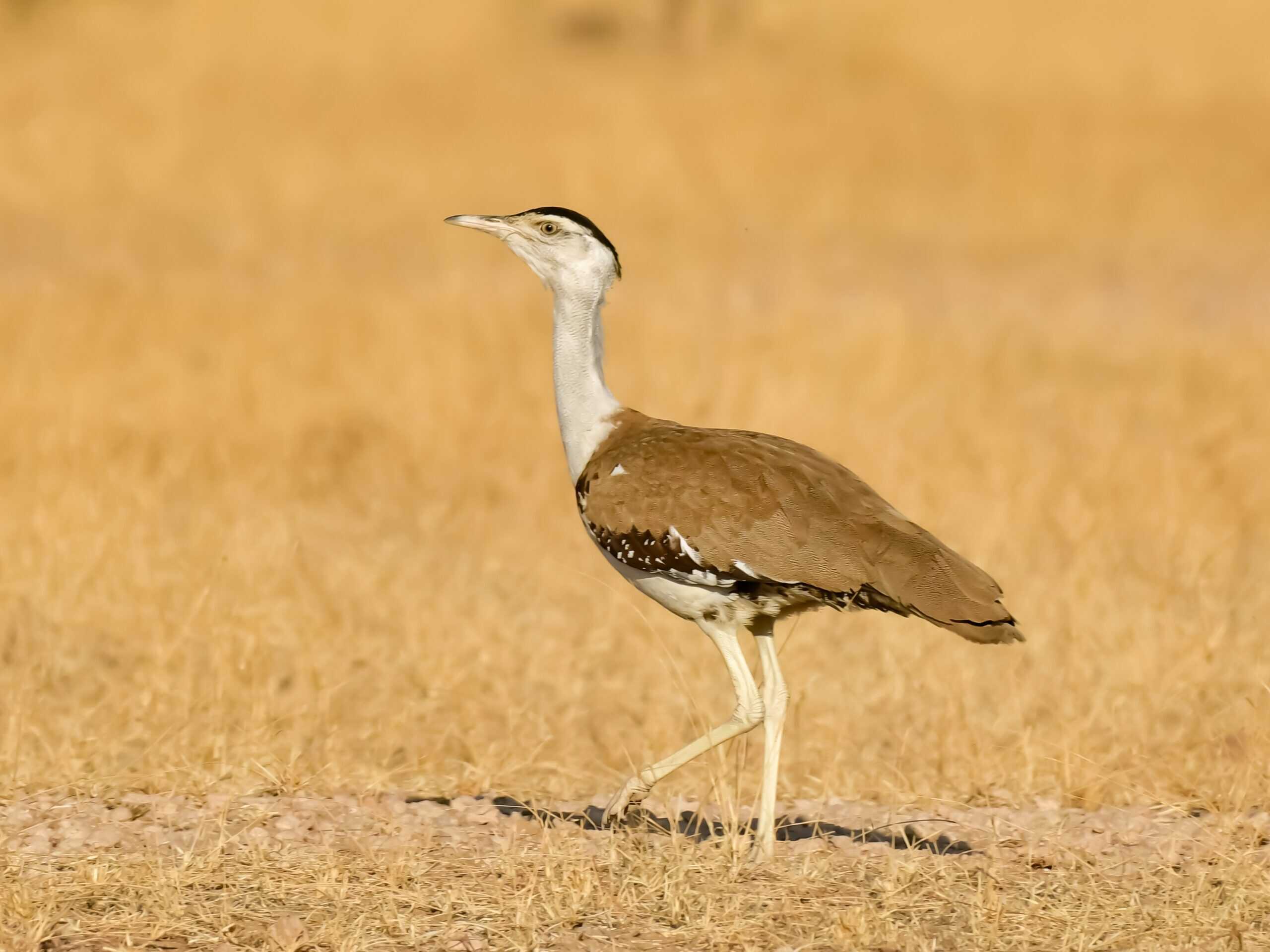
The Great Indian Bustard is one of the heaviest flying birds. By the 2000s, their population had plummeted to under 200 individuals. Habitat loss and hunting were major threats. Conservationists launched urgent protection and breeding programs. Today, the population is slowly increasing. Intensive management and habitat restoration are key. The Great Indian Bustard’s recovery is ongoing. It highlights the need for continued efforts. Protecting their habitats is crucial for their survival.
Guam Rail
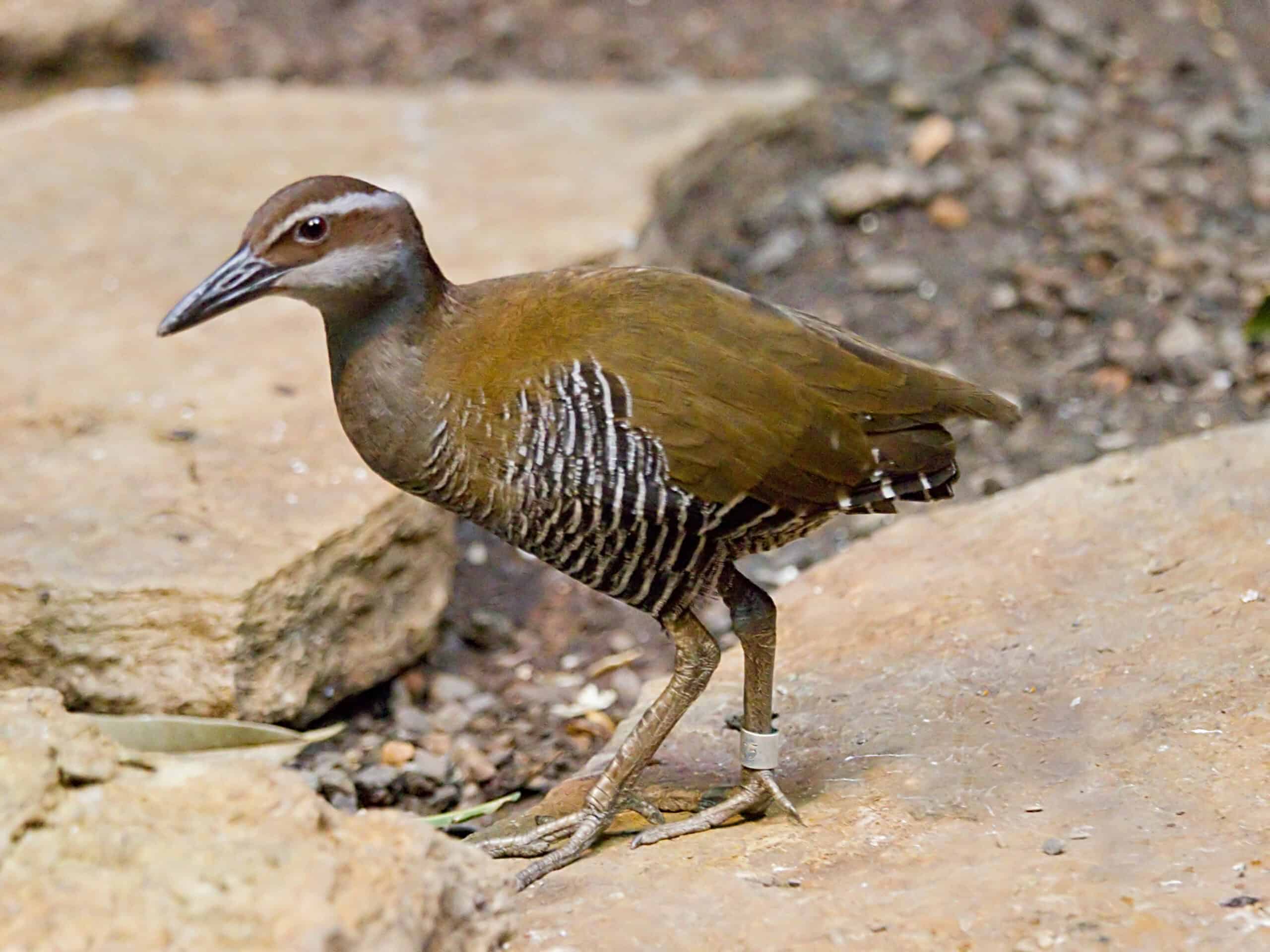
The Guam Rail, a flightless bird, was nearly wiped out by invasive species. By the 1980s, it was extinct in the wild. Conservationists began captive breeding programs. Efforts focused on reintroduction to predator-free islands. Today, over 200 Guam Rails exist in the wild. Their recovery is a significant success. It demonstrates the power of captive breeding and reintroduction. The Guam Rail’s story is a testament to resilience. Ongoing efforts are needed to secure their future.
This article originally appeared on Rarest.org.
More from Rarest.org
13 Elusive Freshwater Fish in Unexplored Rivers
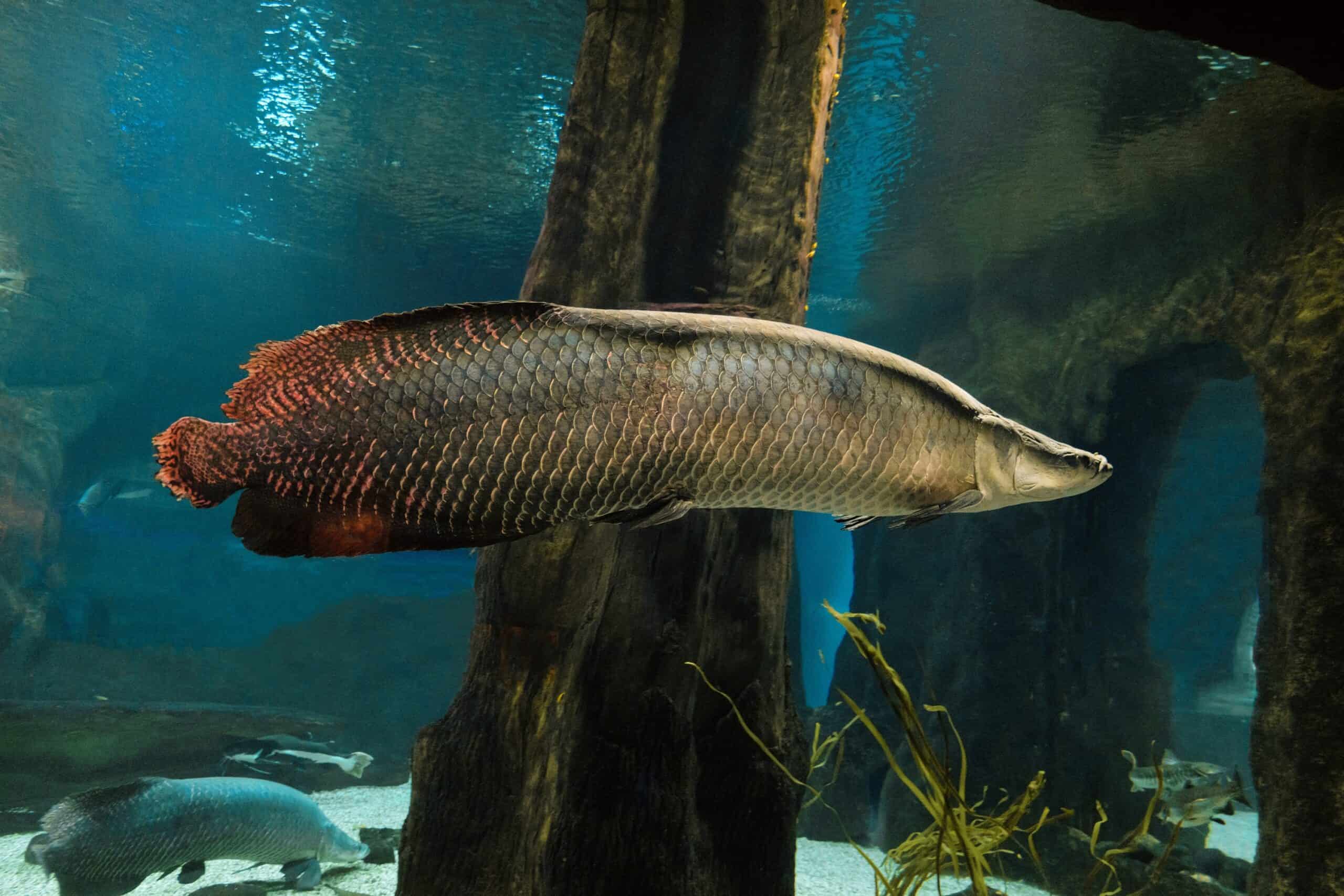
Unexplored rivers hold secrets beneath their waters, teeming with elusive freshwater fish. These unique species captivate scientists and anglers alike. Read More.
The 10 Most Unique Airbnbs You Can Stay In

Looking for a memorable vacation? Unique Airbnbs offer one-of-a-kind experiences. From treehouses to underwater rooms, there’s something for everyone. Read More.
8 Most Fascinating Underwater Ruins

The world’s oceans hide countless secrets. Among them are ancient cities, temples, and monuments submerged by time and tides. Read More.
